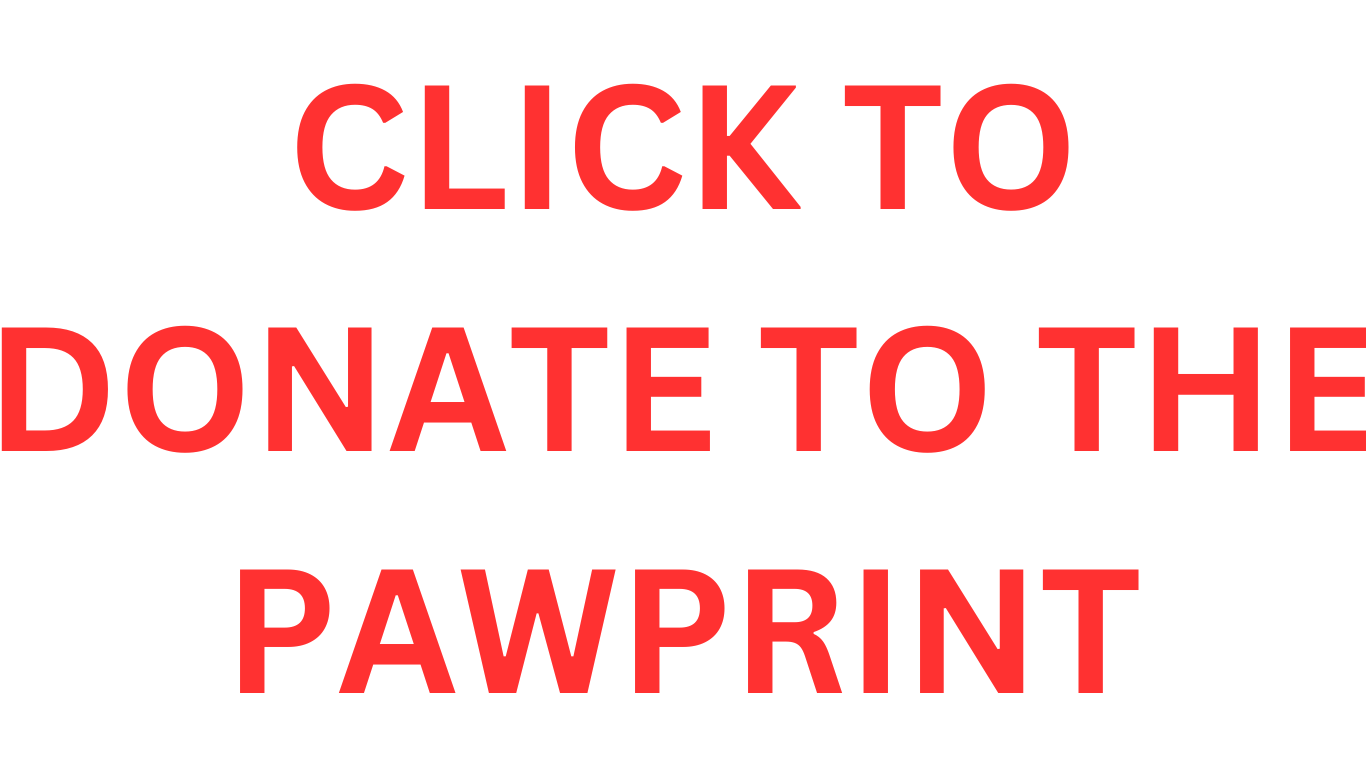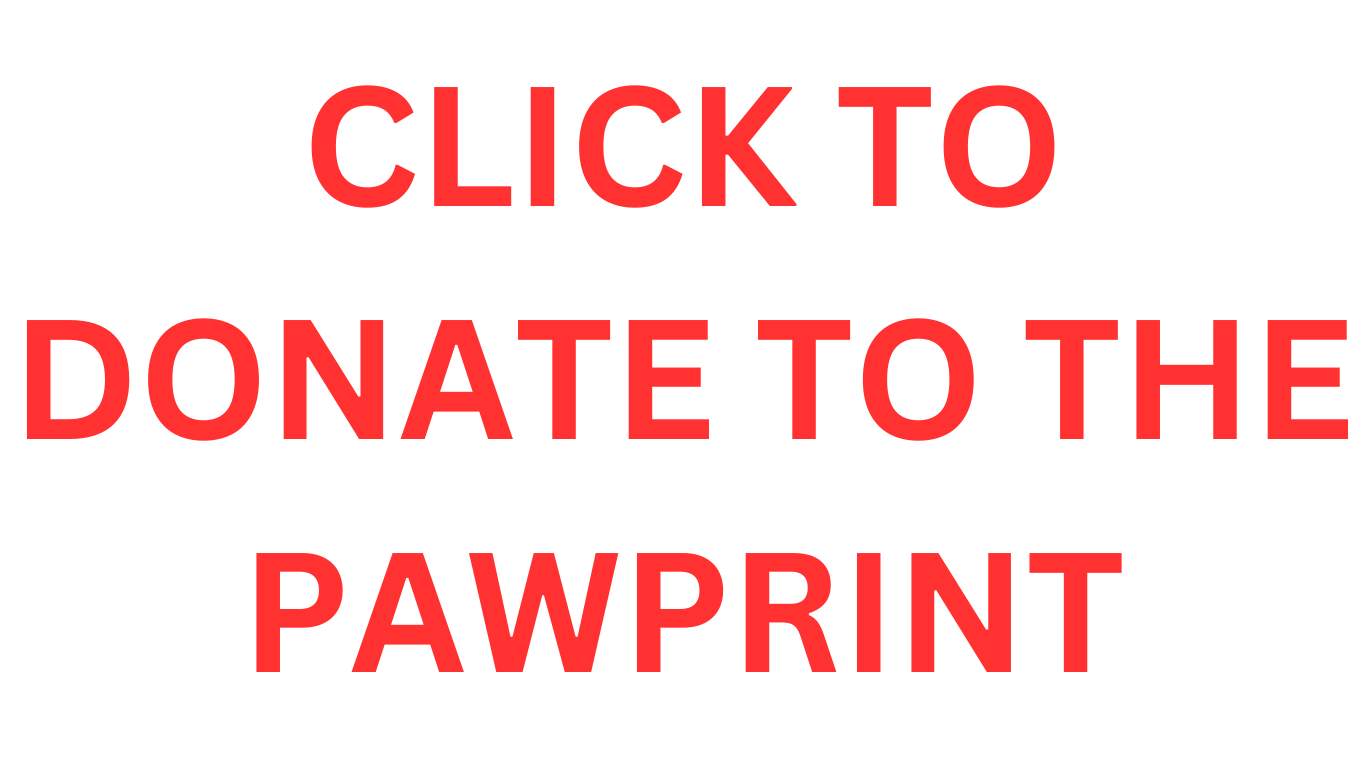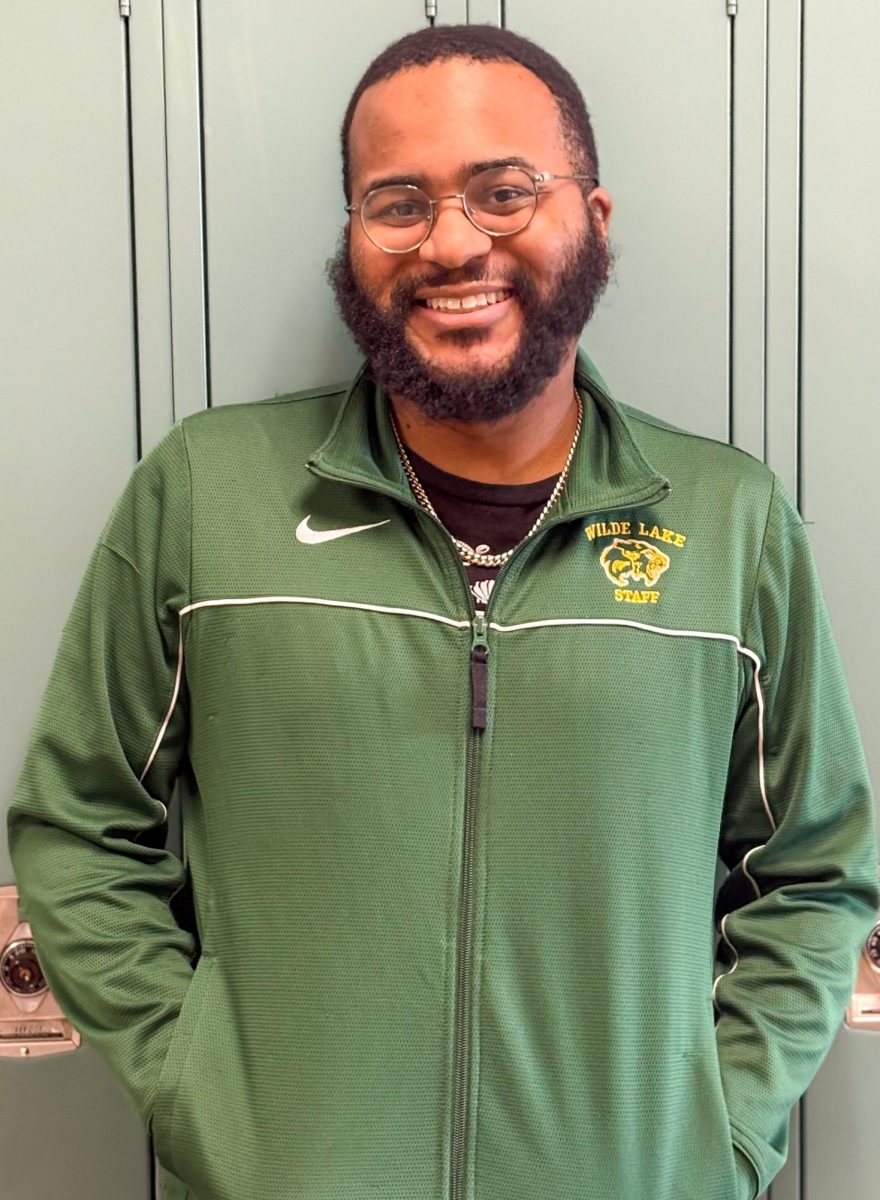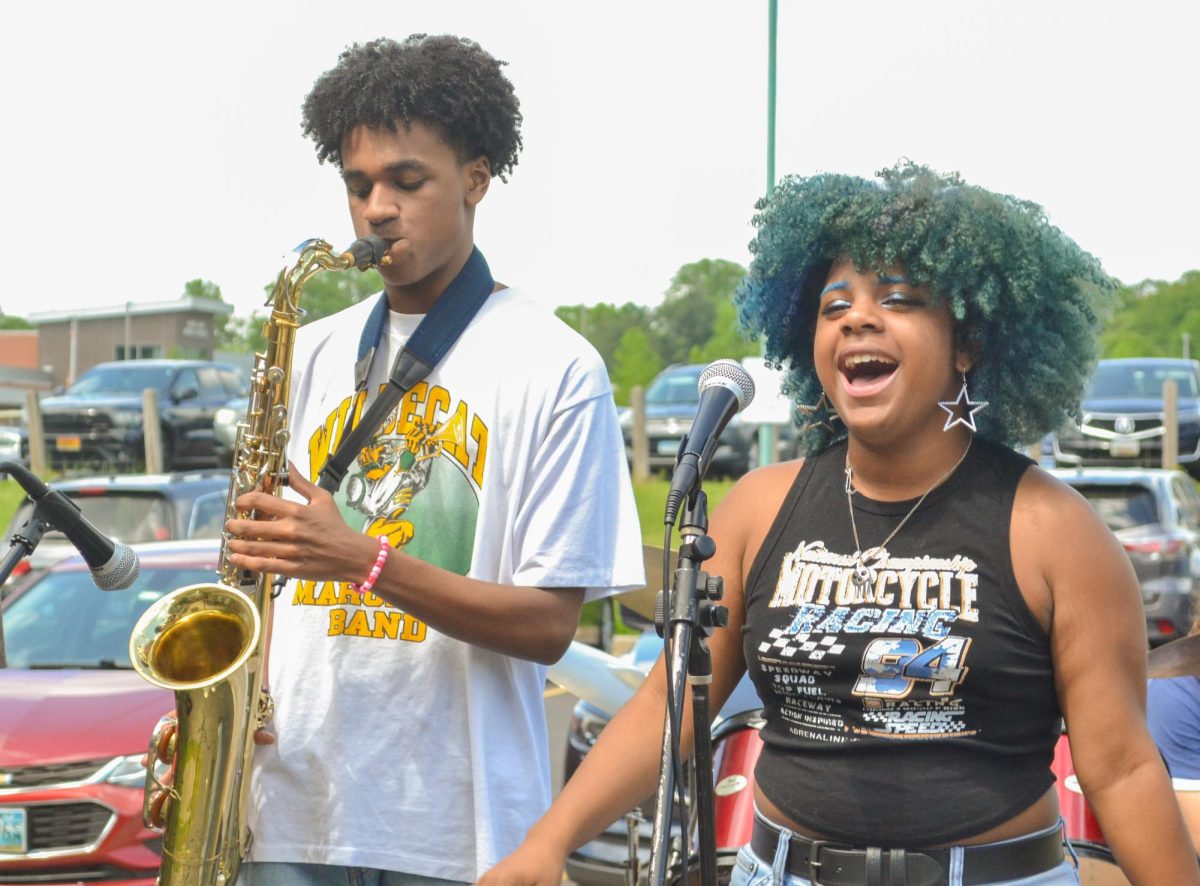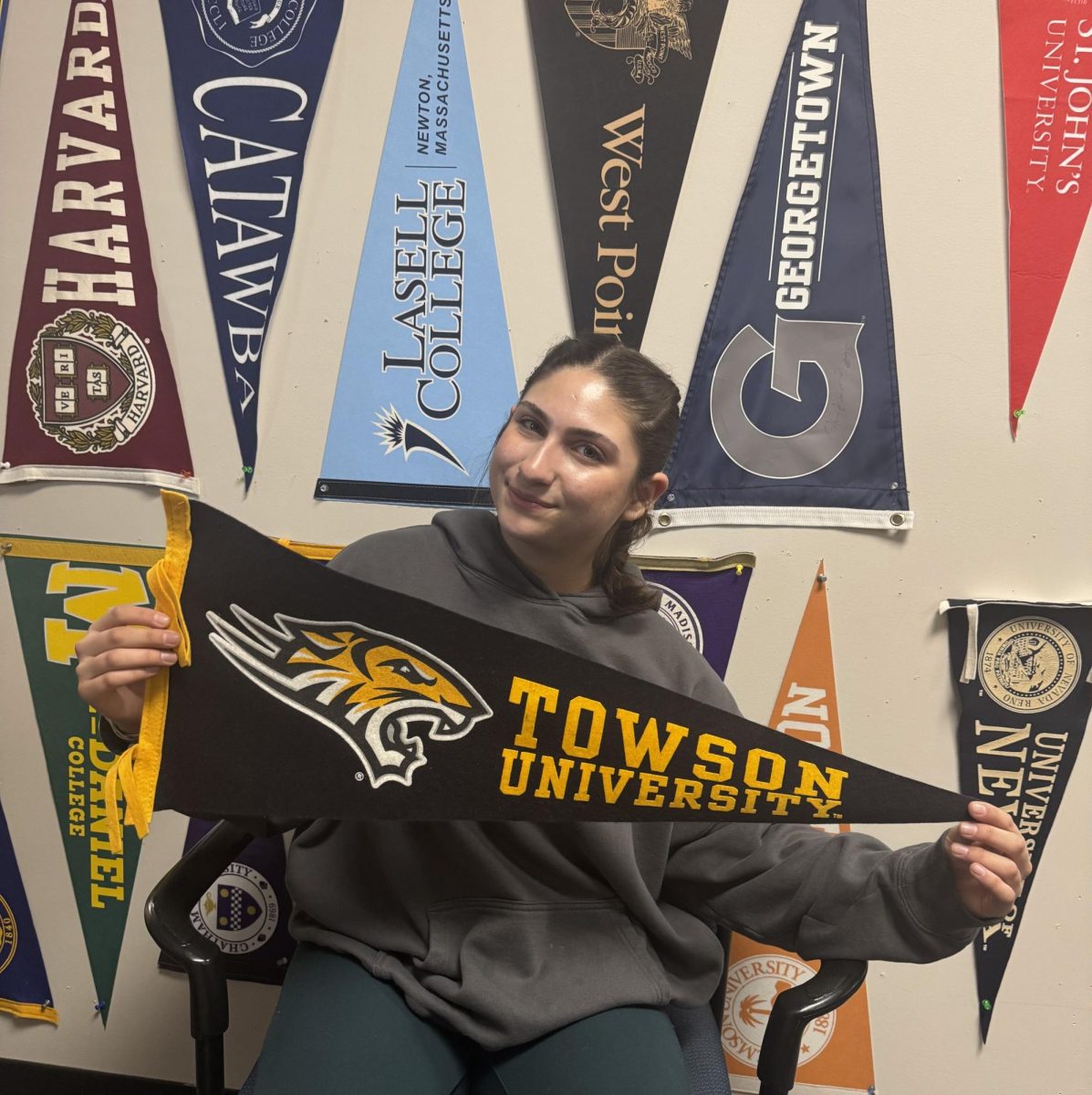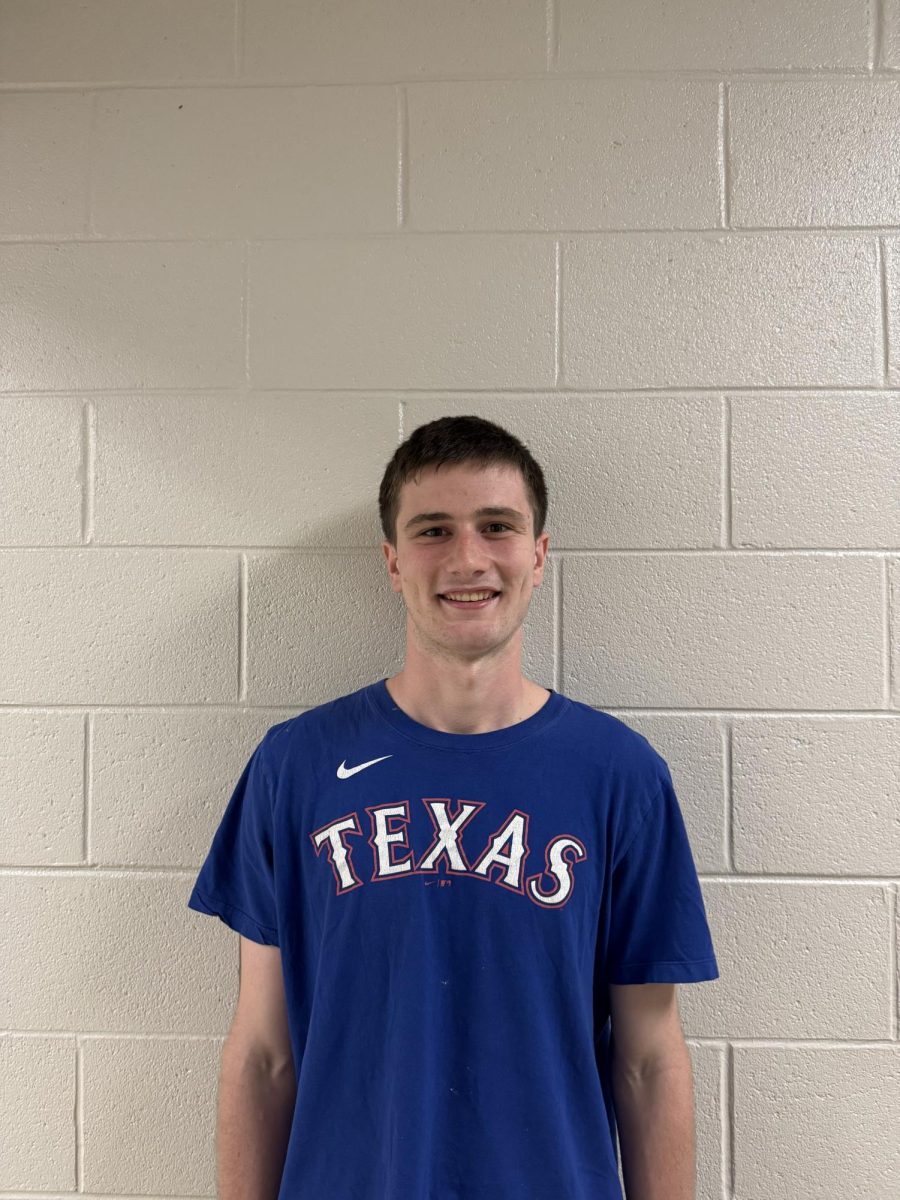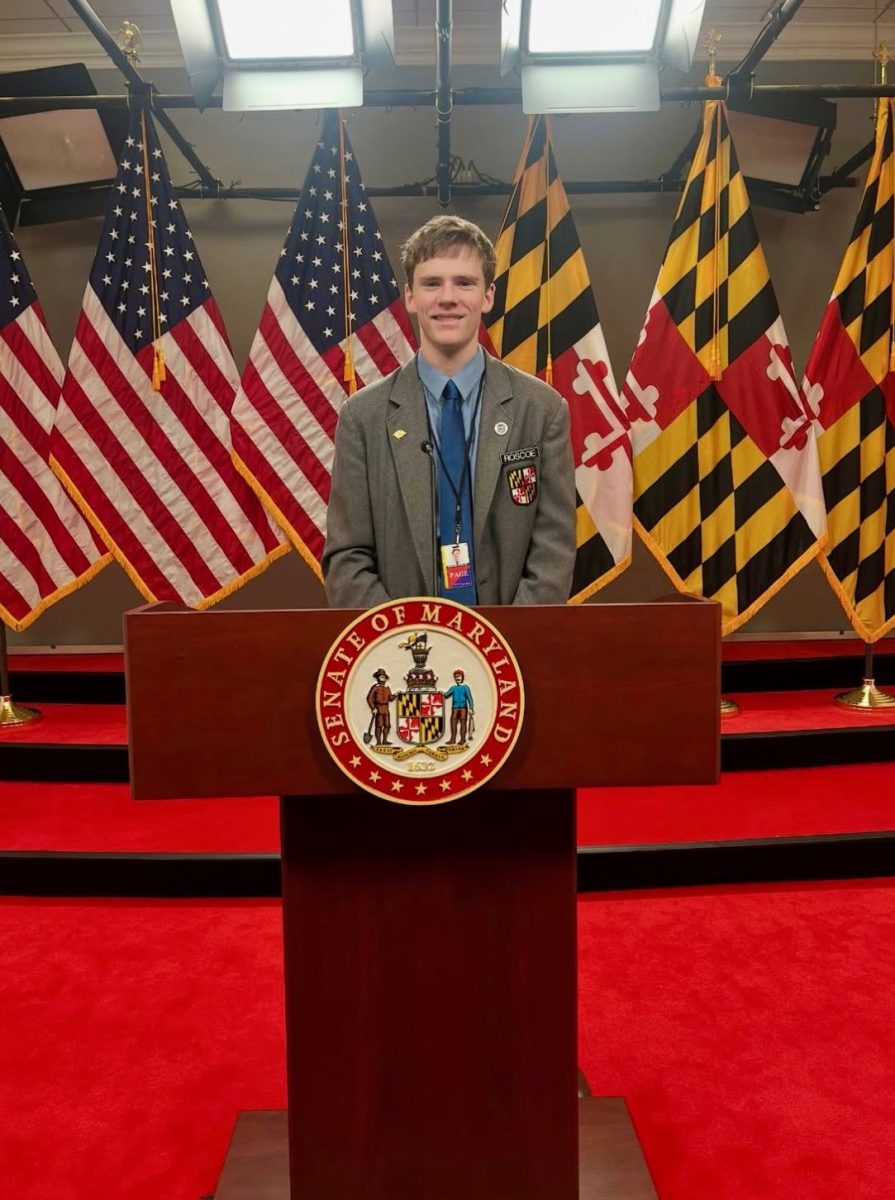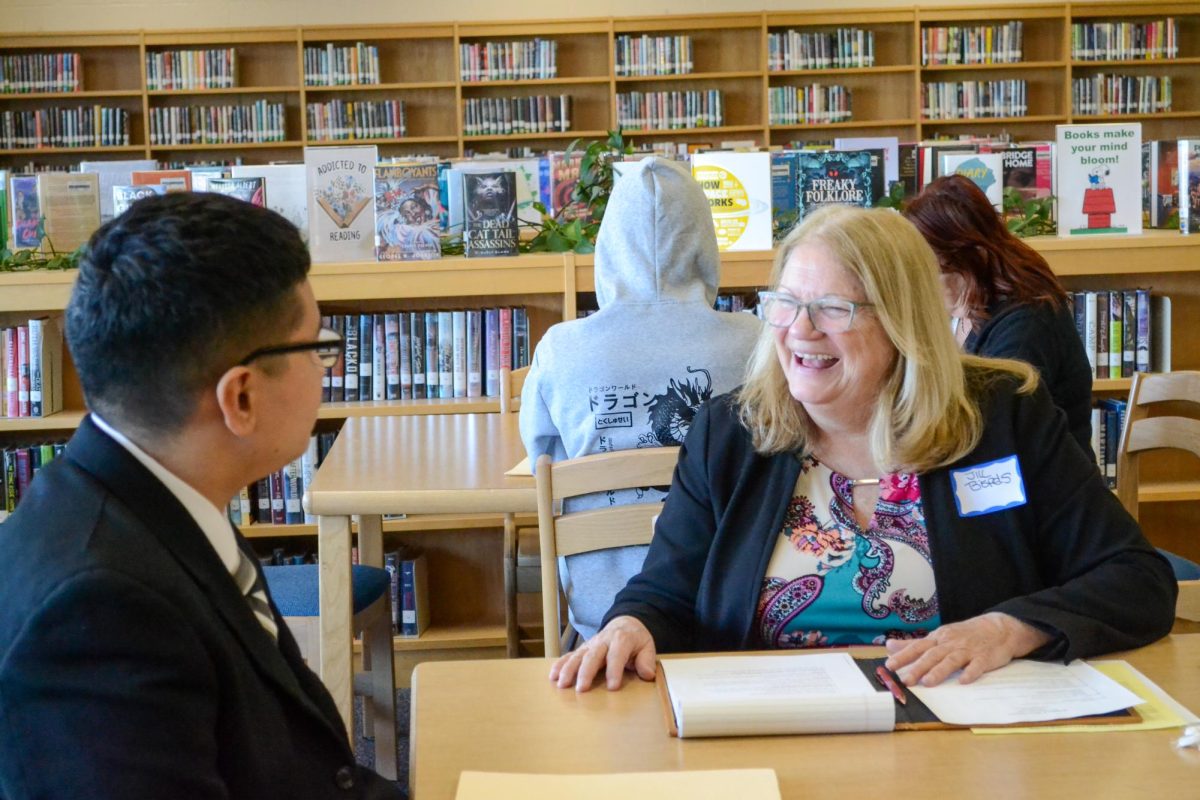![]() In 2005, MySpace was the most popular Social Media site in the world, Facebook was used by less than one million people, and only two percent of public schools allowed in-class cell phone use, according to a survey conducted by the Department of Education.
In 2005, MySpace was the most popular Social Media site in the world, Facebook was used by less than one million people, and only two percent of public schools allowed in-class cell phone use, according to a survey conducted by the Department of Education.
Since then, MySpace has become one of the least used of the social media giants, Facebook has claimed over one billion users worldwide, and nearly a quarter of the country’s public schools have allowed cell phone use in school.
Historically, social media has not been associated with academics. It has always been a way for students to escape from – and complain about – school. But now Facebook claims their site is used by over 85 percent of all high school and college students, and schools can no longer deny the potential that social media has in the education system.
The Howard County Public School System is trying to keep up, and has begun to integrate social media into the county curriculum.
For example, the school system has recently introduced a “secure social learning” site called Edmodo into the classroom.
“Edmodo is Facebook except for school,” said Junior Daniel Ingham, who uses Edmodo as part of his World History class. Edmodo has many Facebook parallels, such as student access to a chatting feature and the ability to post messages on each other’s “walls.”
“Edmodo is great for academic skill building, and talking with your peers about school,” says Ingham. “But I’m up all night chatting with my friends about my classes. We love it!”
Students enrolled in the GT Independent Research and Intern / Mentor programs, as well as some of the school’s art and music classes, have access to Mahara, an online portfolio where the students can share information about their projects with other students in county. Mahara also borrows features from Facebook and makes it possible for students with similar projects to “friend” each other, allowing them to critique and comment on each other’s pages.
“[Mahara] is little bit clumsy right now,” said Mrs. Dixon, who heads the Independent Research and Intern / Mentor programs. “But it has amazing potential for my students, and all the students who use it in the art and music classes.”
HCPSS released a statement last December saying that they would be broadcasting information about school closures and emergencies through Twitter.
“I guess it’s good that Howard County is reaching out, but it’s also a little weird getting Tweets from my school,” said Sophomore Jaskeerat Kaur. This is one of Howard County’s first attempts to directly integrate one of the social media giants into its own system. The county recognizes these social media sites as helpful – if not essential – tools with which to guide education.
Students have also been taking the initiative to combine their social and academic lives. Some students have created Facebook pages geared toward certain classes. On these pages, students are able to contact each other with questions about class and receive nearly immediate responses from classmates.
“It’s great,” said Sophomore Juliana Kaiser concerning student-organized Facebook groups. “It’s a way for people to come together as students first and friends second. I think Facebook has a lot of potential in education, and could be really great if students use it appropriately.”
However, finding a balance between life in school and life outside of school has proven difficult for some students. Constant notifications from Facebook act as a distraction for the students trying to get work done, and a way to further procrastinate work for the others.
Despite the progression social media has made in our world, much debate surrounds the place social media has in education. The online groups used by Kaiser, as well as many other students, though sometimes helpful, open doors to additional problems such as at-home cheating, and expand upon current problems such as procrastination. However as social media becomes an undeniably large part of the world, these are problems that today’s generation may be forced to face.
